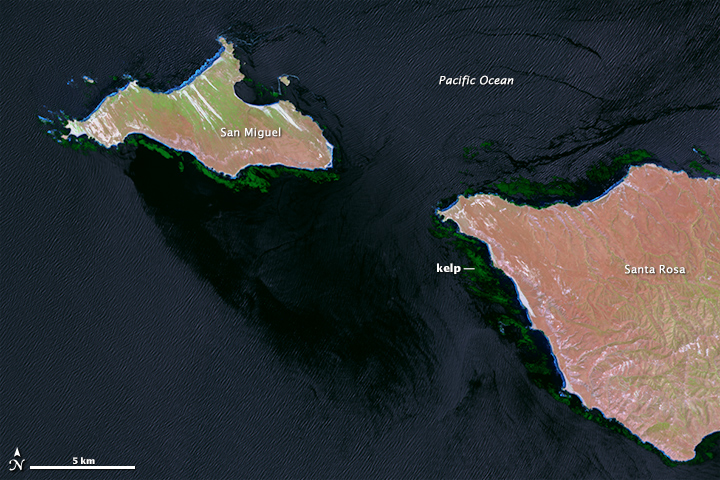Channel_Islands_kelp_beds_2013.jpg (720 × 480 pixels, file size: 288 KB, MIME type: image/jpeg)
File history
Click on a date/time to view the file as it appeared at that time.
| Date/Time | Thumbnail | Dimensions | User | Comment | |
|---|---|---|---|---|---|
| current | 15:58, 9 January 2015 |
 | 720 × 480 (288 KB) | Tillman | {{Information |Description ={{en|1=The natural color (top) and near-infrared (bottom) images at the top of this page show the kelp-rich waters around California’s Channel Islands, as observed on May 20, 2013, by the Operational Land Imager on Land... |
File usage
The following pages on the English Wikipedia use this file (pages on other projects are not listed):
Metadata
Channel_Islands_kelp_beds_2013.jpg (720 × 480 pixels, file size: 288 KB, MIME type: image/jpeg)
File history
Click on a date/time to view the file as it appeared at that time.
| Date/Time | Thumbnail | Dimensions | User | Comment | |
|---|---|---|---|---|---|
| current | 15:58, 9 January 2015 |
 | 720 × 480 (288 KB) | Tillman | {{Information |Description ={{en|1=The natural color (top) and near-infrared (bottom) images at the top of this page show the kelp-rich waters around California’s Channel Islands, as observed on May 20, 2013, by the Operational Land Imager on Land... |
File usage
The following pages on the English Wikipedia use this file (pages on other projects are not listed):


